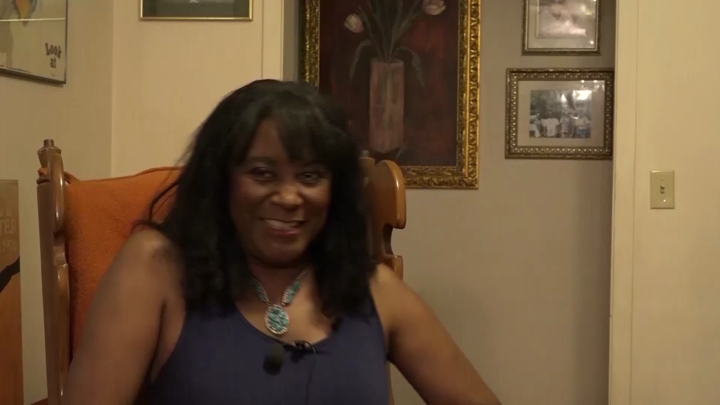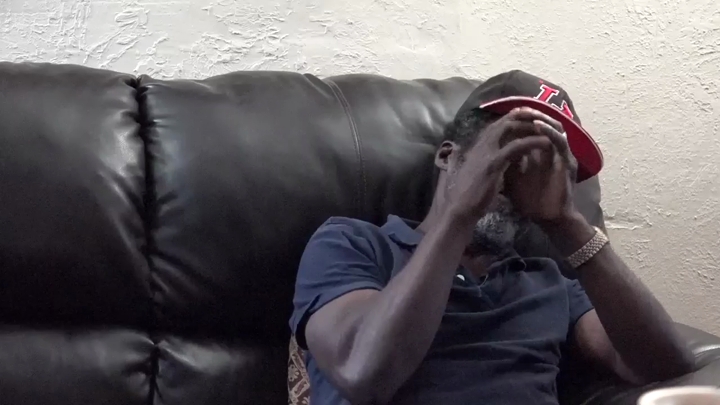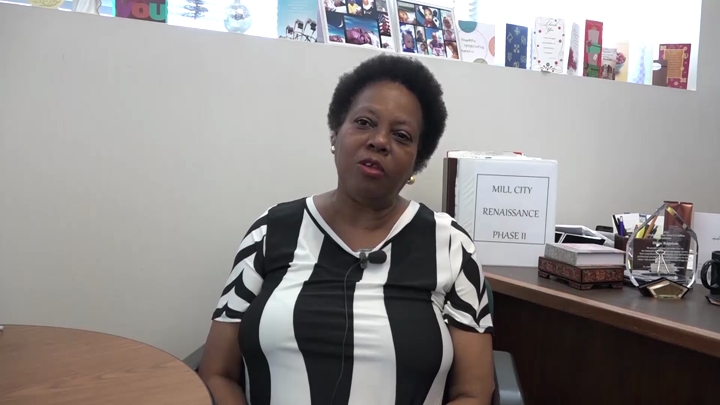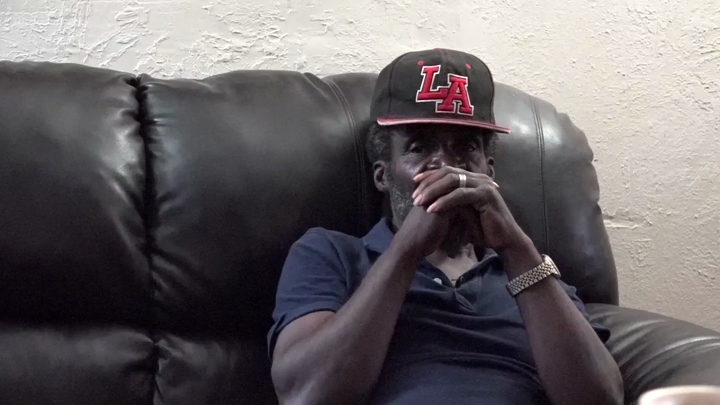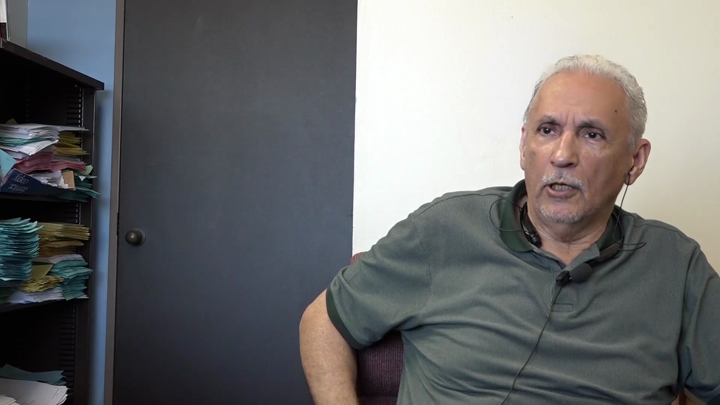Crear / Black Panther Party Chapter in Houston
sign up or sign in to add/edit transcript
Interviewer: So, when you became involved the People’s Party II, can you mention who was the leader of it and what activities they were involved in? Crear: Well leader—James Anderson right there, he was the chairman. When Carl was assassinated, James took over and became the chairman of People’s Party II. Then you had, like I said, Charles Freeman. Now it’s Charles “Boco” Freeman. He’s part of the leadership and Steve Edwards. The thing about everybody—you know, one thing that impressed me about James when I first met him because here he is, he’s the chairman, if he didn’t have a book—that’s one thing about the party, we studied. We read, and we studied. If James didn’t have a book in his hand, reading, he would get up and grab a stack of papers and go up the street selling papers. He went above what everybody else did. Interviewer: What newspaper were you selling? Crear: The Black Panther—See, because People’s Party II, although it wasn’t a chapter, we still had the Panther paper. We sold the Panther paper, filed a ten-point platform program—it was really like a chapter of the Panther Party. It was just in name only that it wasn’t. Yeah, we sold the Panther paper. Every week we got papers. That’s what the whole confrontation with Carl Hampton was about. Brother was on the corner selling the paper and the police came up and harassed him and Carl pulled up and asked him what was going on and the policeman says, “What are you doing with that gun?” because Carl had a .45 in a holster. So that’s what the whole confrontation was about. It was the Panther paper. We sold papers. We had programs. We had the breakfast program. One thing a lot of people don’t understand, or know about, was the Black Panther Party was first in the country to test for Sickle Cell Anemia. So, we did free Sickle Cell Anemia test and we had the breakfast program. We had a free bus from prison program, so we did everything that the Panther Party did, we did. Like I said, People’s Party II was panthers on both sides of the sign. Interviewer: What communities benefitted, I mean, or came out to enjoy the breakfast and Sickle Cell Anemia testing? Crear: First office was on Dowling. Dowling Street and then we moved to Fourth Ward on Pierce and that’s one thing about the programs. What the programs did, we called them survival programs because we said, “survival pending revolution.” That our people had to survive. It wasn’t a lot of organizations, so-called revolutionary organizations criticized, said well you can’t feed—well we wasn’t talking about feeding everybody. It was example plus it brought people closer to us because the media distorted our image. It’s like when people meet us, it’s like “Wait a minute. It’s not the--he’s just like me.” You know what I mean? I remember when the Chronicle came to Fourth Ward interviewed all these senior citizens, they were like we were like angels. They didn’t think that was a response they were going to get. They said we were like angels. They come down, they check on us, they feed the kids, they look out for everybody. So that’s what the programs were all about. They brought us closer to the community because our image had been so distorted. It did that plus it served a purpose. It fed kids because our whole thing was how are you going to get an education if you go to school hungry? Then another thing that came out of the programs, it forced the government—that’s why you got breakfast in schools now because people said, “How these young—” cause we were young—“How these young, poor black men and women feeding kids, got medical clinics, and the government can’t do it?” That’s why you got clinics now. We had free medical clinics. Interviewer: In Houston? Crear: Well, in Houston, we had the Sickle Cell program, but the first clinic that we tried to start here in Houston—In fact, see Mickey Leland was a very good supporter of us, Congressman Mickey Leland, because he graduated from TSU in pharmacy. He was helping us set up the clinic. Police came by and shot the building up and then the Health Department came by and said well it wasn’t fit to open a clinic. So, we never had a clinic here in Houston, but like I said, we did have the Sickle Cell program was for a lot of doctors and nurses and that type of thing, but the program—like I said, we had the breakfast program. We had the sickle cell. We had the free bus from prison. Then we started program, hadn’t been started nowhere was free pest control where we would go in homes and exterminate for roaches, rats or whatever. That’s when they came with a low, there’s a law now where you had to be a professional to, you know what I’m saying? Once we started doing it, all the sudden you had to go to school for it and be a professional and all that kind of stuff.
| Interview | Interview with John Crear |
| Subjects | Housing › Neighborhoods |
| Education | |
| Police and Law Enforcement | |
| Medicine and Health | |
| Media | |
| Media › Black Newspapers | |
| Media › Movement Newspapers | |
| Historic Periods › 1970s [Exact Date Unknown] | |
| Tags | Leland, Mickey |
| sign up or sign in to add/edit tags | |
| Interview date | 2016-06-06 |
| Interview source | CRBB Summer 2016 |
| Interviewees | Crear, John |
| Interviewers | Enriquez, Sandra |
| Rodriguez, Samantha | |
| Locations | Los Angeles, CA |
| Houston,TX | |
| Duration | 00:05:46 |
| Citation | "Black Panther Party Chapter in Houston ," from John Crear oral history interview with Sandra Enriquez and Samantha Rodriguez, June 06, 2016, Civil Rights in Black and Brown Interview Database, https://crbb.tcu.edu/clips/3495/black-panther-party-chapter-in-houston, accessed December 17, 2025 |


